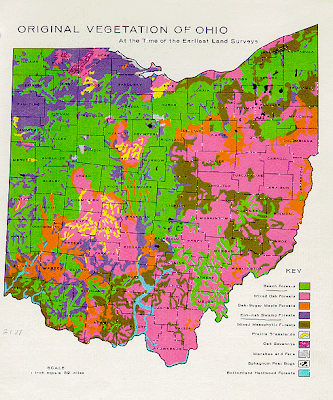...
Currently we have visitors from the north, and I don't mean Santa and his gang. Thanks to two of my conservation inspired neighbors, we have Northern Harriers, Short-eared Owls and the occasional Rough-legged Hawk within 2 miles of my house. No wonder I can't get any preparations made for the relatives that will soon be arriving: there are "Roughies" to watch!

My friend Janet Creamer, naturalist in Indianapolis, once laid out an interesting observation for me. When you see hawks perched at 4:00 and 8:00 in tree- look for Red-shouldered hawk. If the bird is in the 10:00 or 2:00 position, you probably have a Red-Tail Hawk. And if the bird is perched high atop (especially on thin looking branches) look close for that possible Rough-legged Hawk.
...
There are exceptions, as with any rule, but you might be surprised how often this observation pans out.
 My poor photos don't do this bird justice, but its coloring is spectacular. These winter visitors from the arctic tundra compare size-wise to our local Red-tailed Hawks. The Rough-leggeds have slightly longer wings, and yet they weigh a bit less than our locals. These birds are experts at "kiting" effortlessly in the wind and one can nearly imagine a string attached to them as they hover over fields.
My poor photos don't do this bird justice, but its coloring is spectacular. These winter visitors from the arctic tundra compare size-wise to our local Red-tailed Hawks. The Rough-leggeds have slightly longer wings, and yet they weigh a bit less than our locals. These birds are experts at "kiting" effortlessly in the wind and one can nearly imagine a string attached to them as they hover over fields.  Photo by Greg Cornett
Photo by Greg Cornett
My friends Greg and Leslie popped up to see this bird, and captured a few more shots - of much better quality.
 Photo by Greg Cornett
Photo by Greg Cornett














 We could be skating on thin ice. Let's check it out.
We could be skating on thin ice. Let's check it out.






 And although it was a snowy, gray day for travel, we scored a total of 5 Bald Eagles and a pleasant stop at a natural area off Route 23, just north of Waverly, Ohio offered a few special highlights.
And although it was a snowy, gray day for travel, we scored a total of 5 Bald Eagles and a pleasant stop at a natural area off Route 23, just north of Waverly, Ohio offered a few special highlights.

























